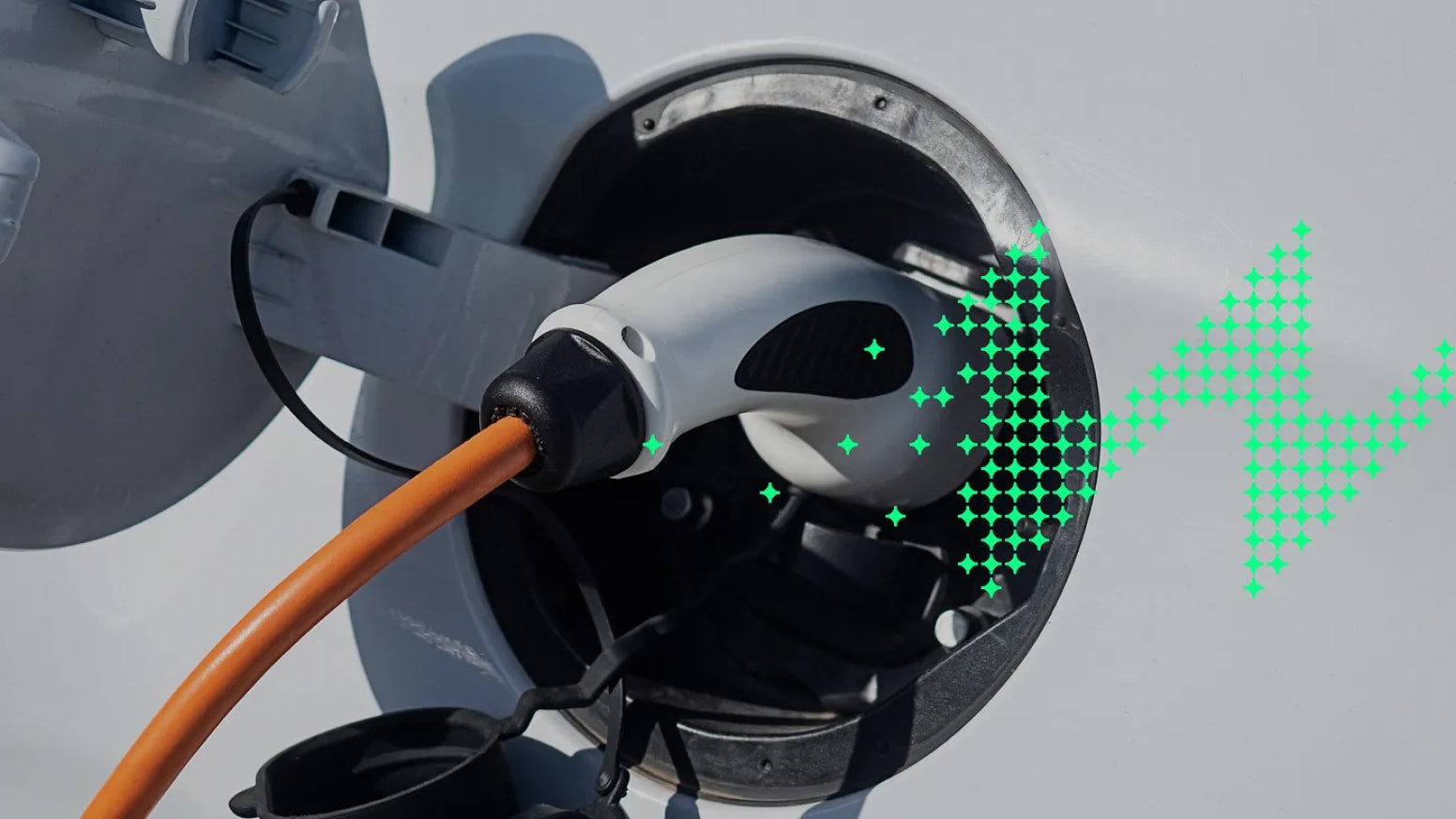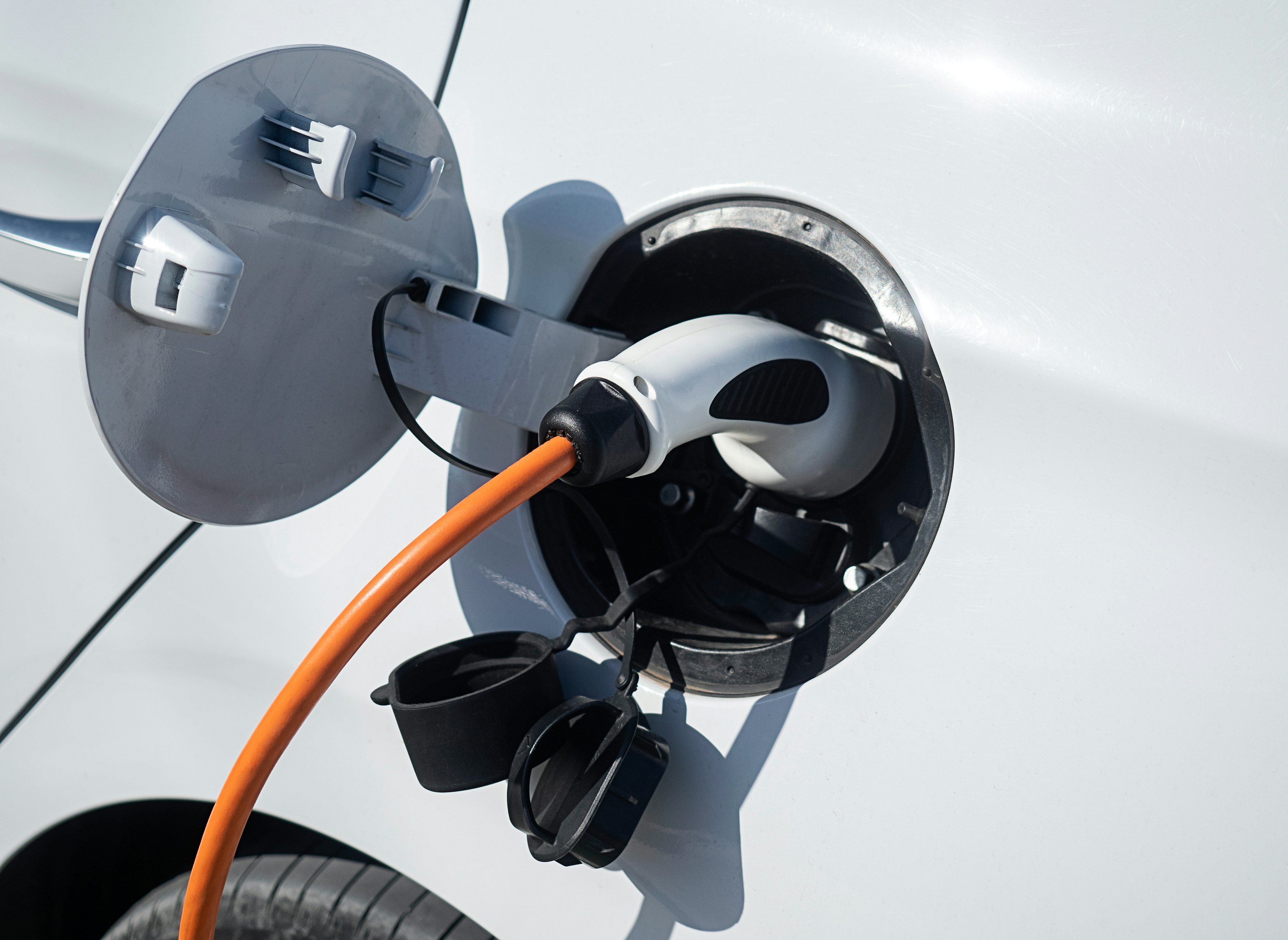Optimize EV fleet charging for maximum ROI
a41c.jpg?auto=compress%2Cformat&q=70&fit=max&w=3840)
Fleet electrification has been top of mind for the last few years. In 2021, the Biden administration committed to replacing around 650,000 federal vehicles with US-made electric vehicles (EVs). The following year, the US government passed the Inflation Reduction Act (IRA), allocating $394 billion to energy security and climate change.
The IRA marks the largest step the United States has taken toward the goal of net-zero emissions, and it’s pushing automakers across the board to modify their electric vehicles and lower prices to qualify for the new tax exemptions. Commercial vehicles will also be eligible for tax credits as high as 30% of their purchase price.
However, tax exemptions aren’t the only reason companies are considering electrifying their fleets. Other strategic benefits of incorporating EVs into commercial fleets include:
- Meeting sustainability goals and applicable state and federal regulations by reducing carbon emissions.
- Lowering operational costs as EVs have a higher fuel economy and require less maintenance than their counterparts.
- Reducing dependence on fuel prices, which are far more volatile (and costly) than electricity, making it easier to project costs.
- Performing equally to or better than other vehicles — even when hauling heavy loads — meaning drivers receive the same benefits without the costly downsides.
Three ways to approach EV fleet charging
A significant concern in fleet electrification is determining a cost-effective and reliable way to charge the vehicles. There are three main approaches you can take.
#1: Installing private charging stations at a central hub
A centralized charging site is the obvious answer, but building out charging infrastructure for an entire fleet is quite expensive. A single charging port costs anywhere from $300 to $40,000, not including permits, installation, and electrical service upgrades.
Additionally, the practice of charging many vehicles at the same time and place often results in higher utility fees. These rates are called demand charges, and depending on the utility company, they can increase an energy bill by as much as four times.
Despite these factors, a central charging hub is likely the best option for heavy-duty vehicles, such as garbage trucks or large construction equipment, due to the nature of the fleet’s operations.
#2: Using public charging stations along a driver’s route
You can find public charging stations anywhere, from office buildings and grocery stores to rest stops along the highway, but these locations aren’t always convenient for drivers. There’s no guarantee a public station will be nearby when needed most, so EV drivers must carefully monitor their charge and plan accordingly.
In this scenario, you would also be paying drivers to sit around while their EV charges, and they’ll likely be charging at peak times. Public stations are also subject to demand fees, and when demand is high — such as during the average work day — so is the price of electricity.
This option is important for both light- and heavy-duty EVs that need a quick charge on their route or for drivers that live in multi-tenant buildings.
#3: Overnight charging at the driver’s residence
Charging at a private residence is usually the cheapest and most convenient option for certain types of EV fleets. A residence won’t be subject to commercial demand rates, and drivers can plug their vehicles in overnight when rates are lower. This also reduces the need for businesses to build out expensive charging infrastructure and electrical equipment upgrades at one or many sites. However, at-home charging often requires companies to invest in less expensive infrastructure upgrades at their employee’s home to ensure a full charge at the start of each workday.
This approach is especially valuable for light-duty vehicles because employees can easily take their EV home and charge it in their off hours. This is a near-term charging solution that enables fleets to begin electrifying with lower upfront investment.
Calculating reimbursements for EVs
As more light-duty fleets electrify, a new challenge has emerged: How do we calculate reimbursements for at-home charging?
Companies will need to reimburse their employees for the electricity used to charge the EVs and any modifications or installations that may be required. Unfortunately, calculating the marginal cost of at-home charging is complicated for many reasons.
For instance, there are fixed costs on an electricity bill (like meter charges) that the company shouldn’t have to pay for. It can also be difficult to determine what portion of electricity usage went toward charging the company EV. Then, the actual reimbursement cost for that portion is impacted by a wide range of utility tariffs and related structures that vary by time of day, state, and utility provider. With so many variables, a flat rate for all employees, even within a given zip code, doesn’t capture the true cost of at-home charging. In addition to equitably reimbursing employees based on where they live, businesses need accurate charging expenses to understand the operational costs of their fleet.
Optimizing EV fleet charging
Charging optimization will be vital to maximizing the benefits of electrifying your fleet. With the proper tooling, fleet managers can also determine when the best times to charge are, how much to reimburse employees, and project costs for future planning.
To effectively and precisely calculate and optimize electricity usage, you need:
- Access to utility and tariff datasets.
- A solution that can automate complex rate calculations.
Fortunately, Arcadia's APIs can help streamline this process by leveraging our internal tariff database and prebuilt calculations designed for this very purpose.
Access utility data with Plug
Plug is connected to thousands of utility providers globally, providing access to usage, tariff, and cost data at the utility account level. Fleet managers can see precisely how much electricity was used at their employees’ homes, when it was used, and what it cost, making it easy to determine charging costs and track them over time.
This visibility also makes it easy to generate reports demonstrating the ROI of your fleet electrification journey and measurable progress toward sustainability goals.
Automate complex rate calculations with Spark
Spark uses advanced energy analytics to generate an optimal charging schedule for each EV based on charging location. It seamlessly incorporates complex tariff structures — including 25,000+ tariffs — into its calculations, providing energy usage analytics, smart scheduling recommendations, and automated optimizations. EV fleet managers can use these calculations to model costs and refine their approach to electrification.
Electrify and optimize your fleet with Arcadia
Regardless of the size of your fleet or the type of electric vehicles you plan to use, identifying accurate charging costs and optimization opportunities will be vital to maximizing ROI and demonstrating your company’s commitment to reducing carbon emissions.
Arcadia provides a connection to utility account data and unmatched charging analytics, including accurate reimbursement costs and site-specific optimization recommendations to help fleets electrify.

Reach out to the Arc team to learn more.
Contact sales

